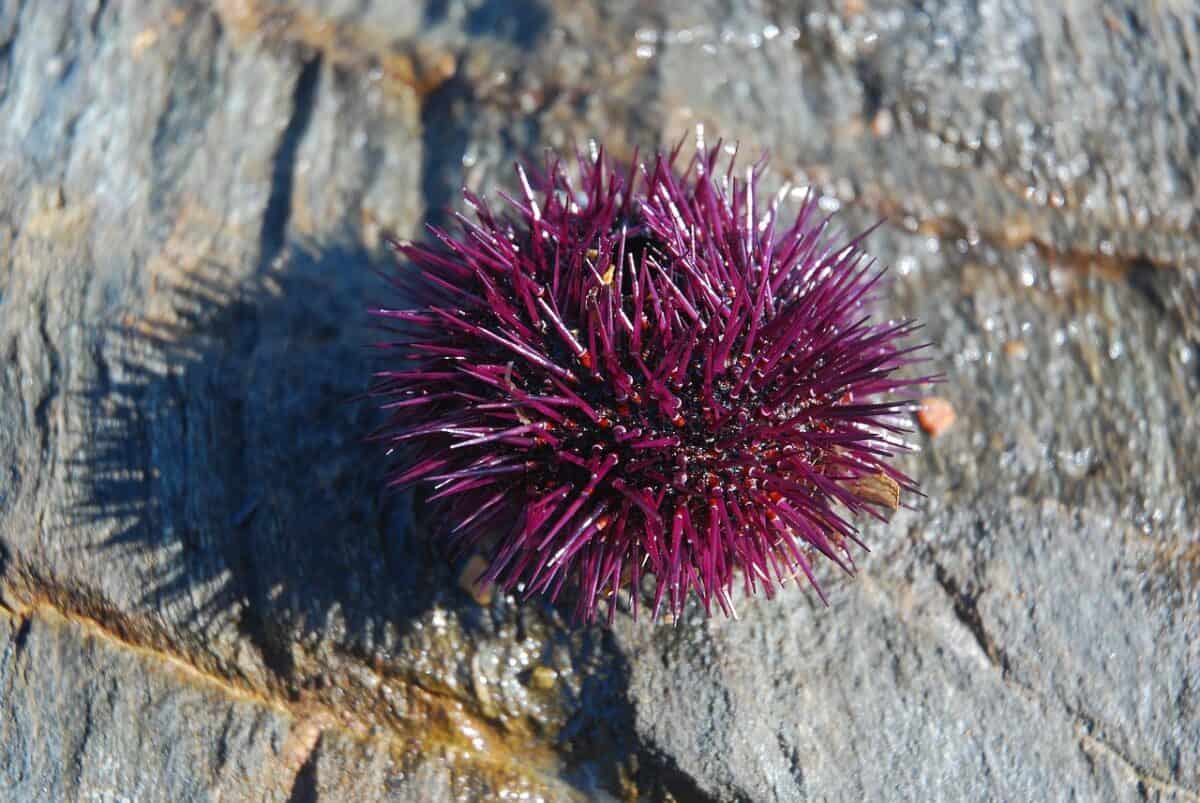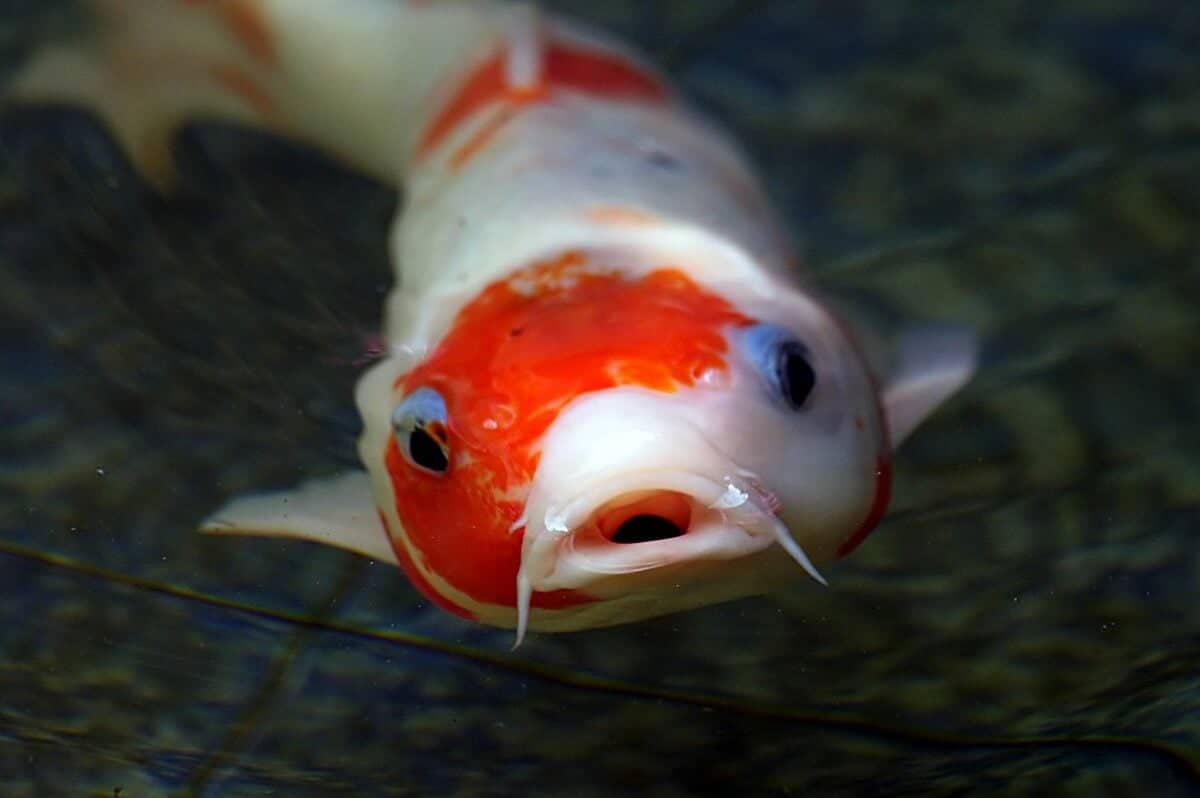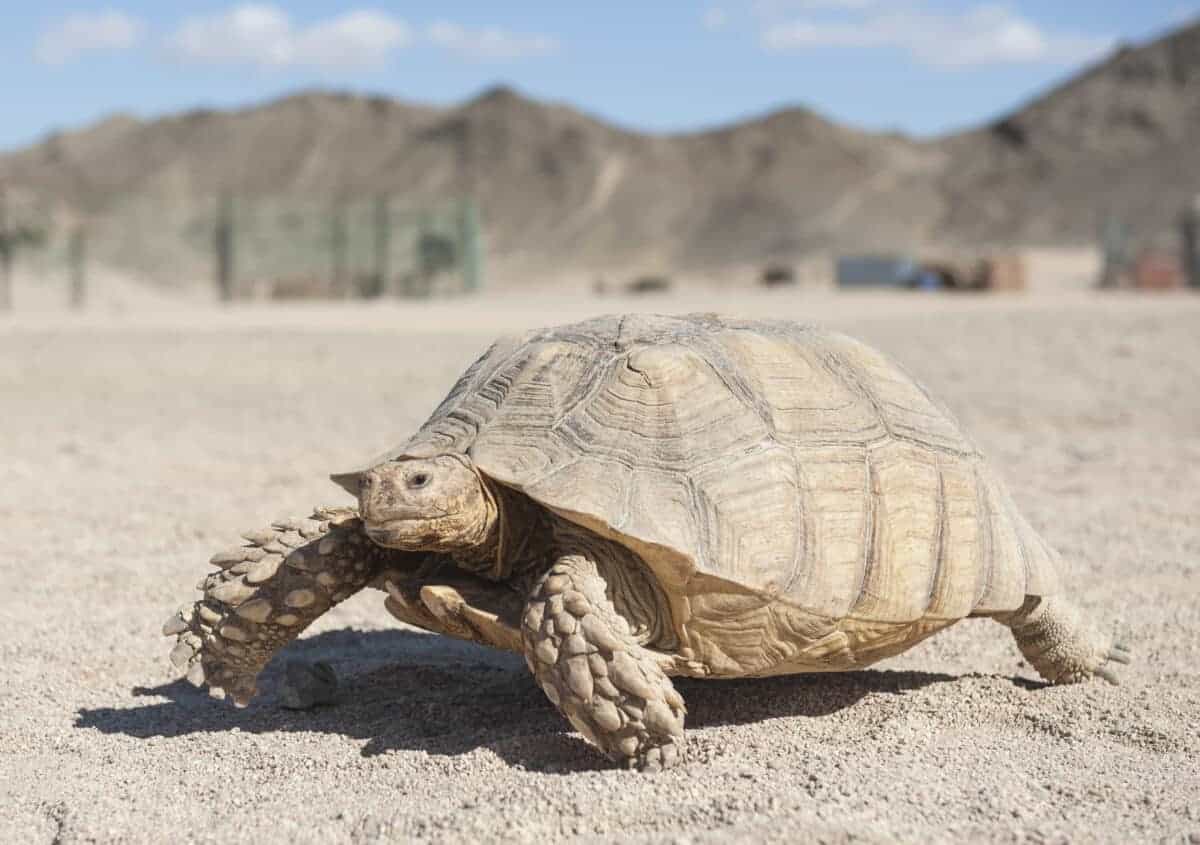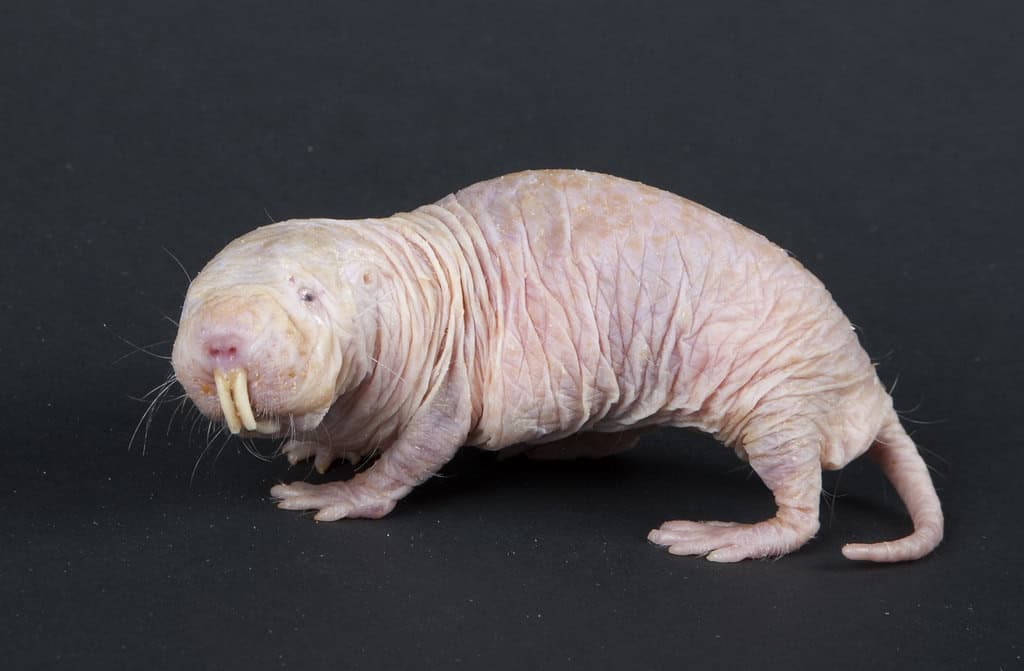Nature is full of fascinating wonders, especially when it comes to animals that exhibit extraordinary lifespans. Some of these creatures seem to defy the natural aging process, surviving for centuries or even millennia. In this exploration of the 13 longest-living animals, we will delve into how these remarkable beings continue to thrive long after most others have perished, and what they can teach us about longevity and resilience.
13. The Ocean’s Timeless Wanderer The Greenland Shark

Dwelling in the frigid depths of the North Atlantic, the Greenland shark is the oldest known vertebrate, with some individuals living as long as 400 years. Their slow growth rate and unique physiology contribute to their long lifespan. These sharks have adapted to the cold by having a slow metabolism, which might play a role in their extended lives.
12. Ancient Wisdom The Bowhead Whale

The bowhead whale, found in Arctic and sub-Arctic waters, is among the longest-living mammals, with some whales living over 200 years. Their longevity is attributed to their gene expression, which helps them repair DNA damage and resist cancer, a key factor in their prolonged survival.
11. Centuries at Sea The Ocean Quahog

The ocean quahog, a species of clam found in the North Atlantic Ocean, holds the record for the longest-living non-colonial animal. A specimen famously named “Ming” was confirmed to be over 500 years old. Their incredible longevity is due to their slow metabolic rate and resistance to oxidative stress.
10. Ageless Grace The Giant Tortoise

Giant tortoises of the Galápagos and Seychelles Islands are notable for their impressive lifespans, often exceeding 150 years. These creatures live slower-paced lives with a low metabolic rate, and their biology is adapted to repair cellular damage effectively, contributing to their longevity.
9. Silent Sentinels The Tuatara

Native to New Zealand, the tuatara is a reptile that can live for over 100 years. This species is often called a “living fossil” due to its ancient lineage that has existed for over 200 million years. Their long lifespan is supported by a cool environment that slows aging and reduces metabolic demands.
8. Perennial Stability The Red Sea Urchin

Found along the Pacific coast of North America, the red sea urchin can live for over 200 years. Unlike many animals, these sea urchins do not show signs of aging well into their life. Researchers are studying their regenerative capabilities, which allow them to maintain robust health over decades.
7. Shielded Survivors The Freshwater Pearl Mussel

These mollusks can have lifespans of up to 250 years. The freshwater pearl mussel thrives in clean, fast-flowing rivers and streams, and relies on a robust exoskeleton and a unique immune response to maintain longevity, surviving even in environments where many other freshwater species decline.
6. Sculptors of Seas The Orange Roughy

The orange roughy fish, found in deep ocean waters, can live for more than 150 years. They mature slowly and have a late reproductive maturity, which requires an extended lifespan to ensure the success of their offspring. Their longevity is a natural adaptation to their deep-sea environment.
5. The Timeless Coral Black Coral

Residing in deep ocean waters, black corals can live for over 4,000 years, making them the oldest known marine organisms. They grow incredibly slowly, and their lengthy lives contribute to the rich, intricate coral reef ecosystems that they support through their growth.
4. The Evergreen Creatures Cockatoos

Cockatoos, a group of parrots native to Australia and nearby islands, have lifespans reaching up to 60 years or more in the wild and captivity. They are among the longest-lived bird species, attributed to their intelligence and strong social bonds, which help them navigate and adapt to changing environments.
3. Resilient Royalties Koi Fish

Koi, ornamental varieties of domesticated common carp, are known to live over 100 years, with some reputedly living even longer. Selective breeding and high-quality care in ponds and water gardens contribute to their increased longevity, underpinned by their peaceful, stress-free environment.
2. Desert Dynasties The Desert Tortoise

The desert tortoise, native to the southwestern United States and northwestern Mexico, can live up to 80 years in harsh desert conditions. Their ability to withstand extreme temperatures and limited water resources, paired with a slow metabolism, contributes to their long lives.
1. The Secret of Tenacity The Nak

Found in the underground burrows of East Africa, the naked mole rat possesses a unique ability to resist cancer and survive in low-oxygen environments, thriving for over 30 years. This longevity is exceptional among rodents and is partly due to their efficient repair mechanisms and stress resistance.
Conclusion

In conclusion, these remarkable animals not only captivate our imagination but also offer unparalleled insights into longevity and resilience. Their varied adaptations to their environments provide valuable lessons on survival and aging, inspiring ongoing scientific research aimed at unlocking the secrets to a long and healthy life. As we continue to study these extraordinary creatures, we gain a deeper understanding of nature’s boundless potential for defying time.
- 13 Animals That Outsmart Their Predators - August 9, 2025
- Why Some Frogs Glow in the Dark and What It Means - August 9, 2025
- The Most Powerful Hurricane to Ever Hit US Shores - August 9, 2025

